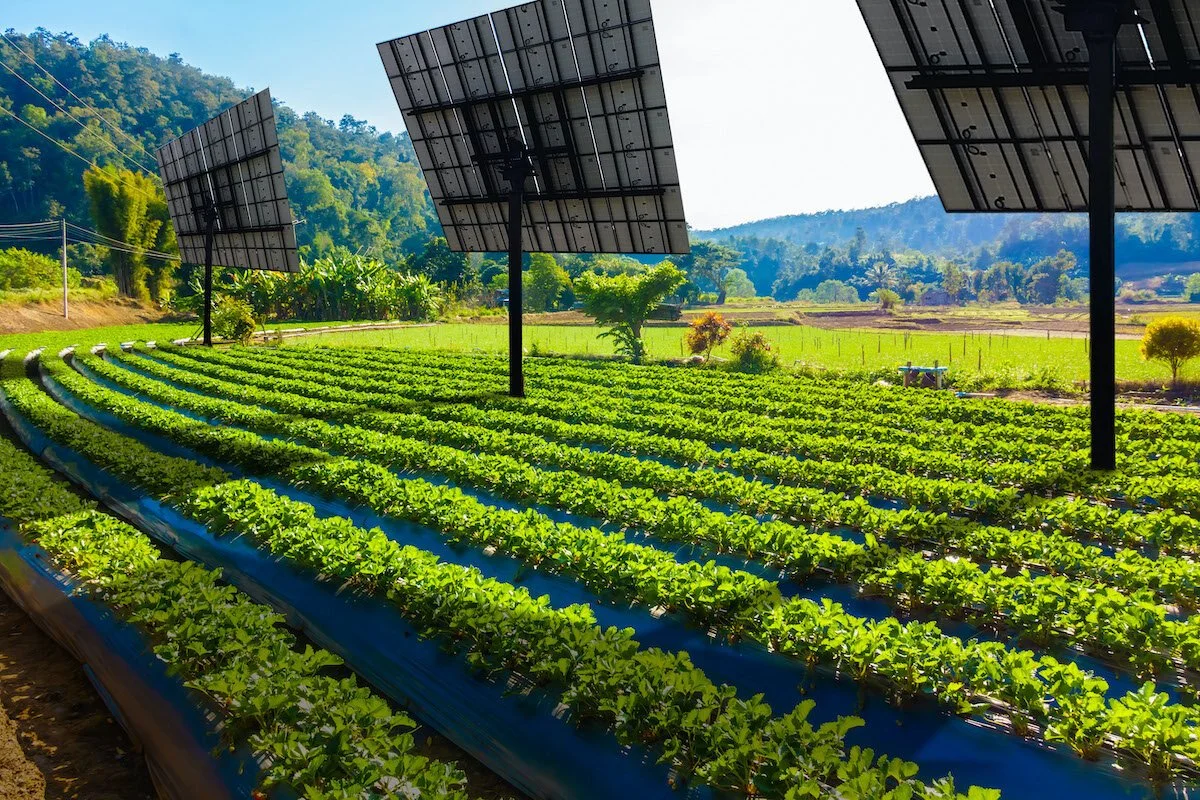Overview of the dual-axis solar tracker market
SOLAR BUILDER
While single-axis utility-scale solar tracker installations have widely proliferated in the heady solar market, the more commercial and industrial-oriented dual-axis tracker has not enjoyed such rapid growth, despite the economic advantages the second axis offers by following the sun much more closely.
Part of the reason that the market for dual-axis trackers has not boomed is that most U.S. manufacturers are smaller companies, compared with the large corporate manufacturers of single-axis trackers. Another reason is that single-axis trackers are most economic in regions with large flat sites, like the U.S. Southeast and Southwest, where utility-scale projects are largely centered, although this is changing. Another key reason is that many developers focus primarily on up-front project cost rather than lifetime yield and low ROI.
Highest yield among structural solutions
The core strength of dual-axis trackers is that they provide a 20% higher yield than single-axis trackers, a technology that already provides a 20% higher yield than fixed-tilt installations. Several dual-axis manufacturers thus claim a 50% to 70% higher yield than fixed tilt.
“Our robust elevated Stracker dual-axis solar trackers document an impressive 70% greater energy production than the same PV array in a flat rooftop system, and 50% more than optimally positioned fixed-tilt ground-mounted systems, with the same number and type of panels,” reckons Jeff Sharpe, the founder and COO of Stracker Solar, based in Ashland, OR.


